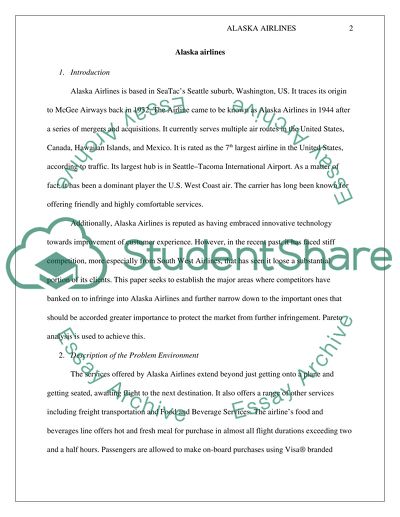Cite this document
(“Alaska airlines Statistics Project Example | Topics and Well Written Essays - 2000 words”, n.d.)
Alaska airlines Statistics Project Example | Topics and Well Written Essays - 2000 words. Retrieved from https://studentshare.org/statistics/1635935-alaska-airlines
Alaska airlines Statistics Project Example | Topics and Well Written Essays - 2000 words. Retrieved from https://studentshare.org/statistics/1635935-alaska-airlines
(Alaska Airlines Statistics Project Example | Topics and Well Written Essays - 2000 Words)
Alaska Airlines Statistics Project Example | Topics and Well Written Essays - 2000 Words. https://studentshare.org/statistics/1635935-alaska-airlines.
Alaska Airlines Statistics Project Example | Topics and Well Written Essays - 2000 Words. https://studentshare.org/statistics/1635935-alaska-airlines.
“Alaska Airlines Statistics Project Example | Topics and Well Written Essays - 2000 Words”, n.d. https://studentshare.org/statistics/1635935-alaska-airlines.


